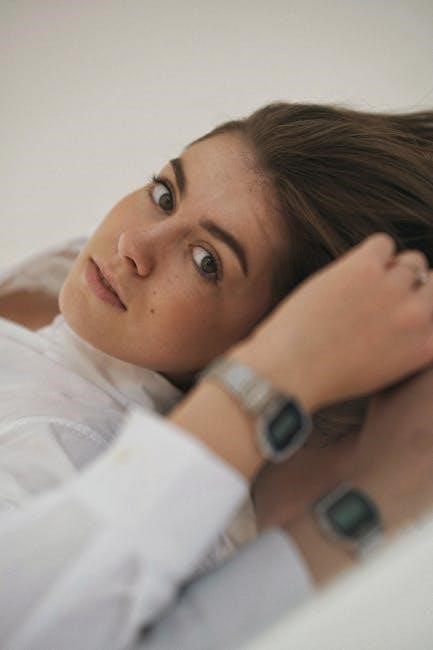The Exposure Triangle is the foundation of photography, consisting of aperture, shutter speed, and ISO. These three elements work together to control light and create balanced exposures. A chart simplifies understanding their relationships, helping photographers master manual settings and achieve desired effects in various lighting conditions.
Understanding the Basics of Aperture, Shutter Speed, and ISO
Aperture controls how much light enters the lens, with smaller f-stops (like f/2.8) allowing more light and creating a shallower depth of field. Shutter speed determines how long the camera’s shutter stays open, affecting motion capture—faster speeds freeze action, while slower speeds create blur. ISO adjusts the camera’s sensitivity to light, with lower values (ISO 100) best for bright conditions and higher values (ISO 6400) for low light. Together, they balance exposure, ensuring images are neither too bright nor too dark.
Why a Chart is Essential for Mastering Photography Fundamentals
A chart is a valuable tool for visualizing the relationships between aperture, shutter speed, and ISO. It simplifies the complexity of the Exposure Triangle, making it easier to understand how each setting affects the overall exposure. By providing a quick reference, the chart helps photographers make informed decisions and troubleshoot common issues. It’s especially useful for beginners, as it accelerates the learning process and enhances mastery of manual mode. A printed chart can also serve as a handy guide during photo shoots, ensuring optimal settings in any lighting condition.
Aperture Explained
Aperture is a camera setting controlling light entry through the lens. It regulates depth of field, focusing sharpness, and background blur, enhancing creative control in photography.
What is Aperture and How Does it Affect Photos?
Aperture is a lens opening controlling light entry and depth of field. A lower f-stop (f/2.8) means a larger aperture, more light, and a shallower focus, blurring backgrounds. A higher f-stop (f/16) results in a smaller aperture, less light, and a deeper focus, keeping more of the image sharp. This balance is crucial for achieving desired effects, as shown in an aperture chart, helping photographers master light and composition effectively in various shooting scenarios. Using a chart simplifies understanding aperture’s impact on photos, enabling better control over creative outcomes.
How to Use Aperture for Depth of Field Control
Aperture directly influences depth of field, determining how much of the image is in focus. A wide aperture (low f-stop, e.g., f/2.8) creates a shallow depth of field, isolating subjects and blurring backgrounds, ideal for portraits. A narrow aperture (high f-stop, e.g., f/11) keeps more of the image sharp, perfect for landscapes or group photos. By adjusting aperture, photographers can emphasize subjects or ensure everything is in focus, using the aperture chart as a guide to achieve desired effects in various compositions and lighting scenarios.
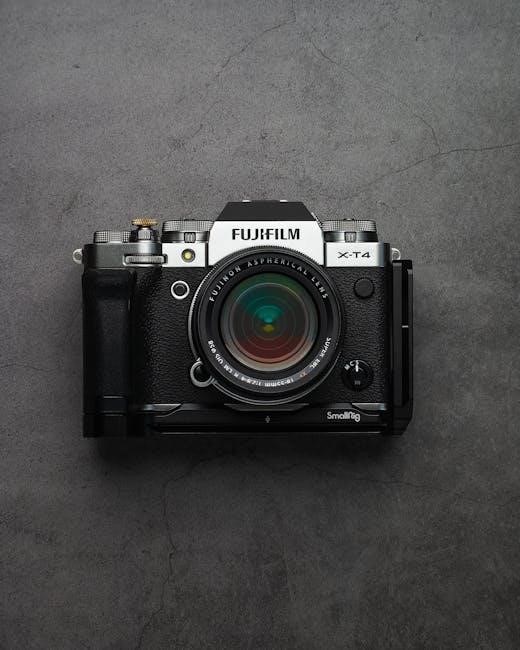
Shutter Speed Explained
Shutter speed is the duration the camera’s shutter remains open, controlling light exposure and motion capture. It ranges from fast speeds (1/10000th of a second) to slow (several minutes), affecting image sharpness and blur.
What is Shutter Speed and Its Impact on Motion Capture
Shutter speed is the time the camera’s shutter stays open, measured in seconds or fractions of a second. It directly impacts how motion is captured: fast speeds freeze action, while slow speeds create blur. For sharp images, faster speeds (e.g., 1/2000th of a second) are ideal, especially with telephoto lenses. Slower speeds (e.g., 1/50th of a second) can artistically blur moving subjects. Mastering shutter speed is key to controlling motion effects and achieving creative outcomes in photography.
How to Choose the Right Shutter Speed for Sharp Images
Choosing the right shutter speed is crucial for capturing sharp images. A faster shutter speed (e.g., 1/500th of a second) freezes motion, ideal for sports or wildlife photography. Slower speeds (e.g., 1/60th of a second) can introduce blur, creating artistic effects. Use a shutter speed of at least 1/focal length (e.g., 1/50th for a 50mm lens) to avoid camera shake; Adjust based on lighting conditions and desired effects to ensure clarity and sharpness in your photos.
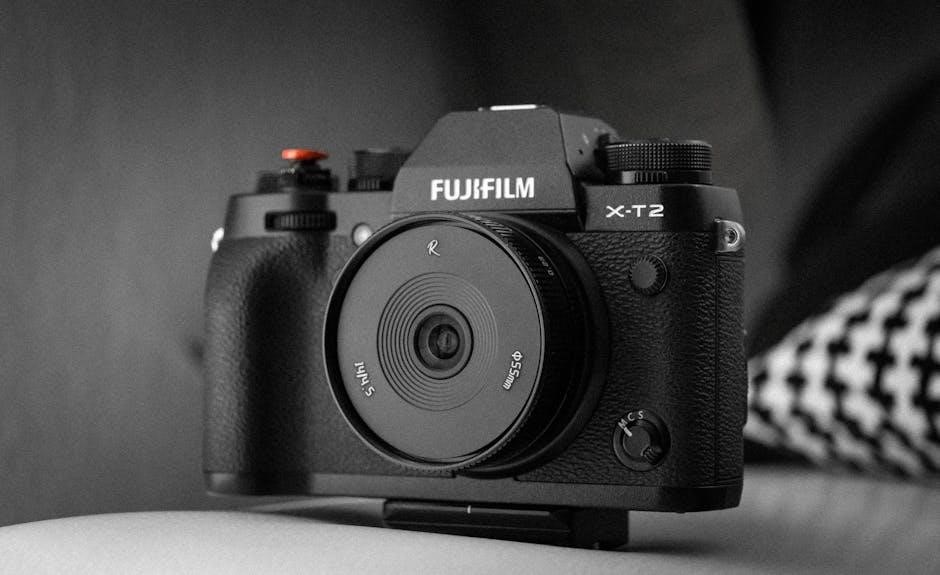
ISO Explained
ISO (International Organization for Standardization) regulates light sensitivity. Lower ISO (e.g., ISO 100) reduces noise, ideal for bright scenes, while higher ISO (e.g., ISO 6400) captures images in low light but increases noise.
What is ISO and How Does it Affect Image Quality?
ISO (International Organization for Standardization) measures a camera’s light sensitivity. Lower ISOs (e.g., ISO 100) provide less sensitivity, reducing noise and grain, ideal for bright lighting. Higher ISOs (e.g., ISO 6400) increase sensitivity, capturing images in low light but introducing noise and grain, which can degrade image quality. Proper ISO settings balance light capture and detail retention, crucial for achieving professional results. Managing ISO effectively is key to mastering exposure in various conditions.
Best Practices for Using ISO in Different Lighting Conditions
In bright lighting, use the lowest ISO (e.g., ISO 100-400) to minimize noise and grain. In low light, higher ISOs (e.g., ISO 6400-12800) capture images without flash but may introduce noise. For medium light, ISO 800-3200 balances detail and noise. Always prioritize the lowest ISO needed for the scene to maintain image quality. Adjusting ISO alongside aperture and shutter speed ensures optimal exposure. Using a chart helps photographers quickly identify the ideal ISO for various conditions, enhancing creativity and technical accuracy in their work.
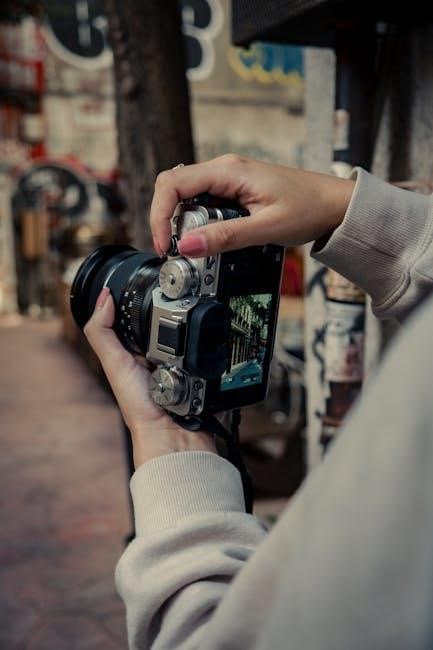
How to Balance Aperture, Shutter Speed, and ISO
Balancing aperture, shutter speed, and ISO is crucial for proper exposure. Adjusting one element affects the others, requiring a reciprocal approach to maintain desired brightness and clarity.
Understanding the Reciprocal Relationship Between Exposure Elements
The reciprocal relationship between aperture, shutter speed, and ISO ensures that changing one element necessitates adjusting another to maintain consistent exposure. For instance, increasing aperture (lower f-stop) allows more light, requiring faster shutter speed or lower ISO to avoid overexposure. This interplay is fundamental for achieving desired results, whether capturing motion, depth of field, or minimizing noise. A chart visualizes these relationships, aiding photographers in making precise adjustments for optimal image quality across various lighting scenarios.
Practical Tips for Achieving Perfect Exposure
Use a chart to visualize how aperture, shutter speed, and ISO interact. Start by setting aperture for desired depth of field, then adjust shutter speed and ISO to balance light. Meter your scene to determine baseline settings. Bracket shots to capture a range of exposures. Adjust in increments, compensating for changes in one element with another. Practice these steps to master manual mode and consistently achieve well-exposed images in any lighting condition.
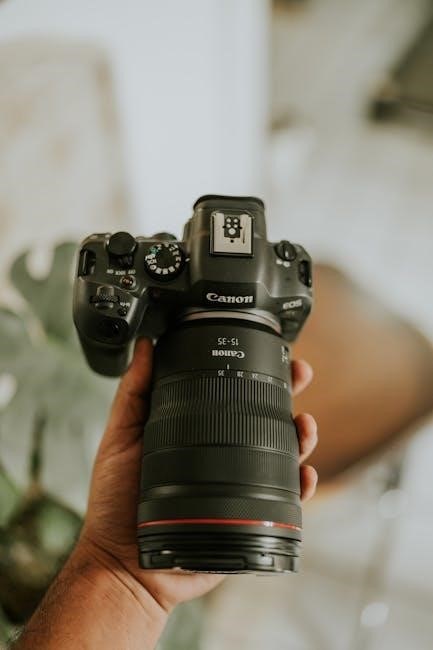
Using the Aperture, Shutter Speed, and ISO Chart
Refer to the chart to understand how aperture, shutter speed, and ISO interact. It provides a visual guide to adjust settings for optimal exposure in various lighting conditions.
How to Read and Apply the Chart for Better Photography
The chart visually organizes aperture, shutter speed, and ISO values in 1/3-stop increments. Start by identifying your desired aperture for depth of field, then adjust shutter speed to freeze or blur motion. Finally, set ISO based on lighting conditions. Use the chart to balance these elements for proper exposure. For sharper images, match shutter speed to your lens focal length. This guide helps troubleshoot common issues like overexposure or blur, ensuring consistent results in various lighting scenarios. It’s a quick reference for mastering the exposure triangle effectively.
Troubleshooting Common Exposure Issues with the Chart
Use the chart to diagnose overexposed or underexposed images. If photos are too bright, decrease ISO or aperture, or increase shutter speed. For dark images, do the opposite. Motion blur? Increase shutter speed or use a tripod. Sharpness issues? Ensure shutter speed matches lens focal length. The chart helps adjust settings systematically, preventing trial-and-error mistakes. It’s a practical tool for resolving exposure problems and refining your photography skills efficiently in any lighting situation, ensuring better results every time you shoot.
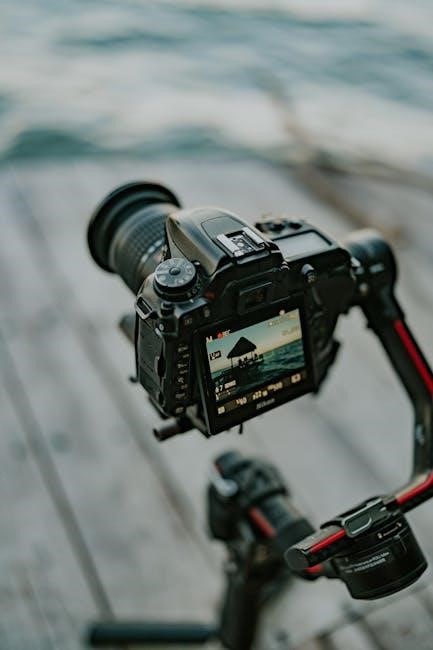
Downloading and Printing the Chart
The aperture, shutter speed, and ISO chart is available as a free PDF download. Visit the website, select the chart, and print it on standard paper. Ensure it’s in portrait orientation for easy reference. Laminate it for durability and use it as a quick guide for mastering exposure settings.
Step-by-Step Guide to Accessing the PDF Chart
To access the aperture, shutter speed, and ISO chart, visit the website and locate the download section. Click on the provided link to open the PDF file. Save it to your device and ensure you have a PDF reader installed. Open the file, review the content, and print it on standard-sized paper. Adjust print settings if needed for clarity. Once printed, use the chart as a handy reference guide for balancing exposure settings during your photography sessions.
How to Use the Chart as a Quick Reference Guide
Use the aperture, shutter speed, and ISO chart to quickly find balanced exposure settings. Start by selecting a desired aperture and locate corresponding shutter speed and ISO combinations. For example, if using f/8, find matching shutter speed and ISO values to maintain proper exposure. Adjust based on lighting conditions or creative goals. Laminate the chart for durability and keep it in your camera bag for easy access during shoots. This ensures you can make informed decisions efficiently, enhancing your photography workflow.
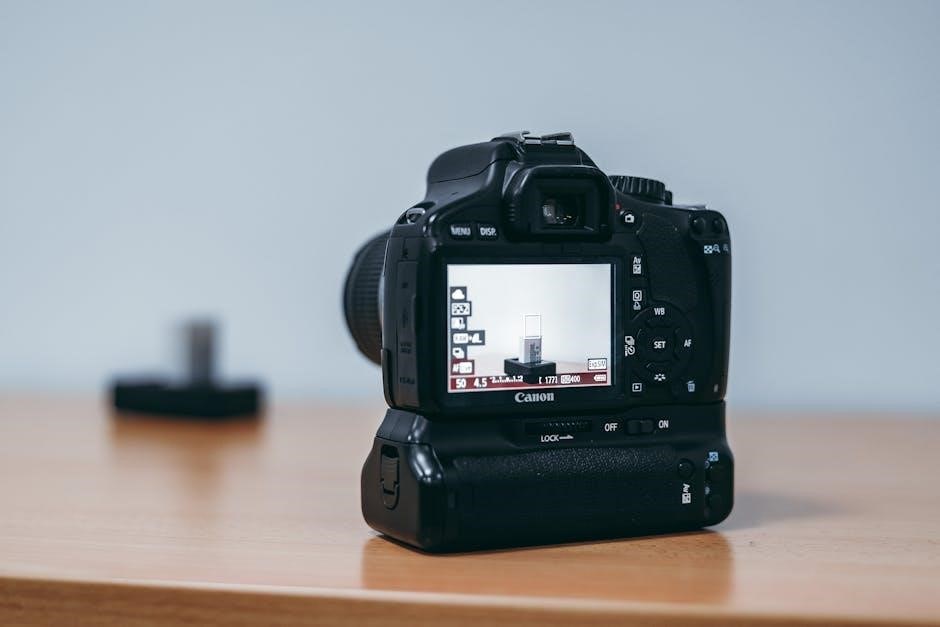
Additional Resources for Learning
- Explore recommended books like “Understanding Exposure” by Bryan Peterson for in-depth insights.
- Check out online courses on Udemy or Coursera for structured learning.
- Watch YouTube tutorials from channels like Tony Northrup for practical tips.
- Join photography communities like 500px for inspiration and feedback.
- Download the Exposure Triangle PDF Guide for quick reference.
Recommended Tutorials and Videos for Exposure Triangle Mastery
- Watch Tony Northrup’s “Exposure Triangle Explained” for a clear breakdown of aperture, shutter speed, and ISO.
- Peter McKinnon’s YouTube tutorials offer practical examples for mastering manual mode.
- Check out Mango Street Lab’s “Exposure Triangle Cheat Sheet” for visual learners.
- SLR Lounge provides detailed video guides on balancing exposure settings.
- Download the Exposure Triangle PDF Guide for quick reference and practice exercises.
Books and Online Courses for Advanced Photography Skills
- “Understanding Exposure” by Bryan Peterson is a must-read for mastering aperture, shutter speed, and ISO.
- Udemy’s “Mastering the Exposure Triangle” course offers in-depth lessons and practical exercises.
- Coursera’s “Photography Basics and Beyond” provides a structured approach to advanced techniques.
- Skillshare’s “Advanced Photography Workshops” cover specialized topics like low-light shooting.
- CreativeLive’s “Exposure Mastery” features live sessions with industry experts.
- Download the “Exposure Triangle eBook” from Photography Life for detailed insights and visual guides.
